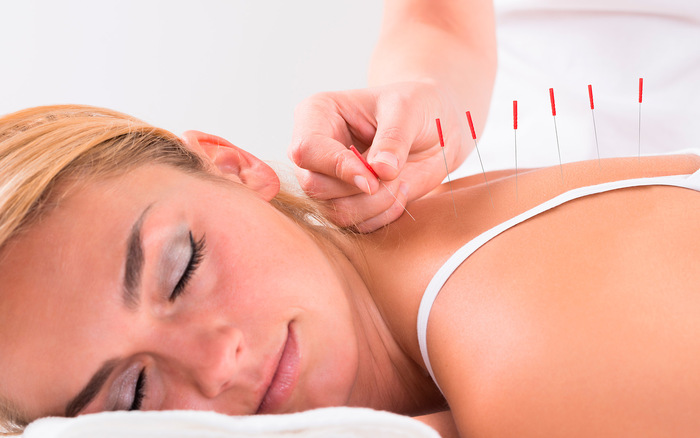Acupuncture: Better than meds for pain relief
06/29/2019 / By Cassie B.

As the opioid crisis continues to kill record numbers of people and ruin countless lives, many people are wishing for a better way to help people in pain. What few realize, however, is that there is already an excellent solution that can work even better than pain meds in some cases, although few doctors will mention it: acupuncture.
This ancient Chinese medicine treatment has stood the test of time for a good reason: It actually works. It involves inserting thin needles into the skin at specific points throughout the body, but don’t balk if you’re squeamish; many people report feeling no pain or even discomfort – perhaps just a slight tingling sensation at the moment of insertion depending on the practitioner’s skill. And the benefits make it well worth any reservations you might have about the procedure.
Research has shown that acupuncture can be effective at relieving pain. While the Chinese explanation involves stimulating parts of the body in order to release a flow of energy, the Western explanation is that the needles stimulate a nerve, which tells the brain to release beta-endorphins. These work almost like your body’s own natural opioids to lower your pain threshold. Some theorize it may change the cells in the connective tissue surrounding the pressure points in ways that reduce pain.
Studies have shown that it can help with pain in the neck and back, headaches, and osteoarthritis pain. In research published in the Archives of Internal Medicine that pooled the results of 29 different studies involving almost 18,000 people, acupuncture relieved people’s pain by 50 percent. A different review carried out by Canadian researchers found that acupuncture worked to safely and effectively relieve neck pain.

Another study showed that it provided significantly better relief to those suffering from knee osteoarthritis pain than standard treatment. That study was a meta-analysis involving more than 3,800 patients, and it also concluded that acupuncture worked better at restoring proper function to patients.
A small study in Vermont, meanwhile, found that using acupuncture for chronic pain enabled 32 percent of people using opioids to cut back.
In fact, it’s such a valid approach that some states with serious opioid problems have been extending Medicaid benefits to cover acupuncture for pain. Ohio, Oregon, and Rhode Island are just some of the states experimenting with this treatment.
Is acupuncture right for you?
If you’re suffering from chronic pain, acupuncture could be the solution. However, it’s important to first know what is causing your pain to rule out a serious medical condition that requires some other form of treatment. Once that question has been answered, you can seek out a qualified and experienced acupuncturist. Make sure the needles they use come individually packaged and are sterile.
The specific protocol will depend on your type and degree of pain, but many people will need weekly treatments, at least in the beginning. Sometimes acupuncture is also used in conjunction with heat or a mild electric current. It generally has very few side effects, although some people may experience drowsiness. It should be avoided by those with bleeding disorders and metal allergies.
With more than 130 people dying daily in the U.S. of an opioid overdose, the need for viable alternative pain treatments has never been greater. Acupuncture is an effective solution for many people, and best of all, it comes without all the side effects of opioid and non-opioid pain meds.
Sources for this article include:
Submit a correction >>
Tagged Under:
acupuncture, alternative therapies, Chinese medicine, natural medicine, Opioids, pain, pain relief, remedies, TCM
This article may contain statements that reflect the opinion of the author





















